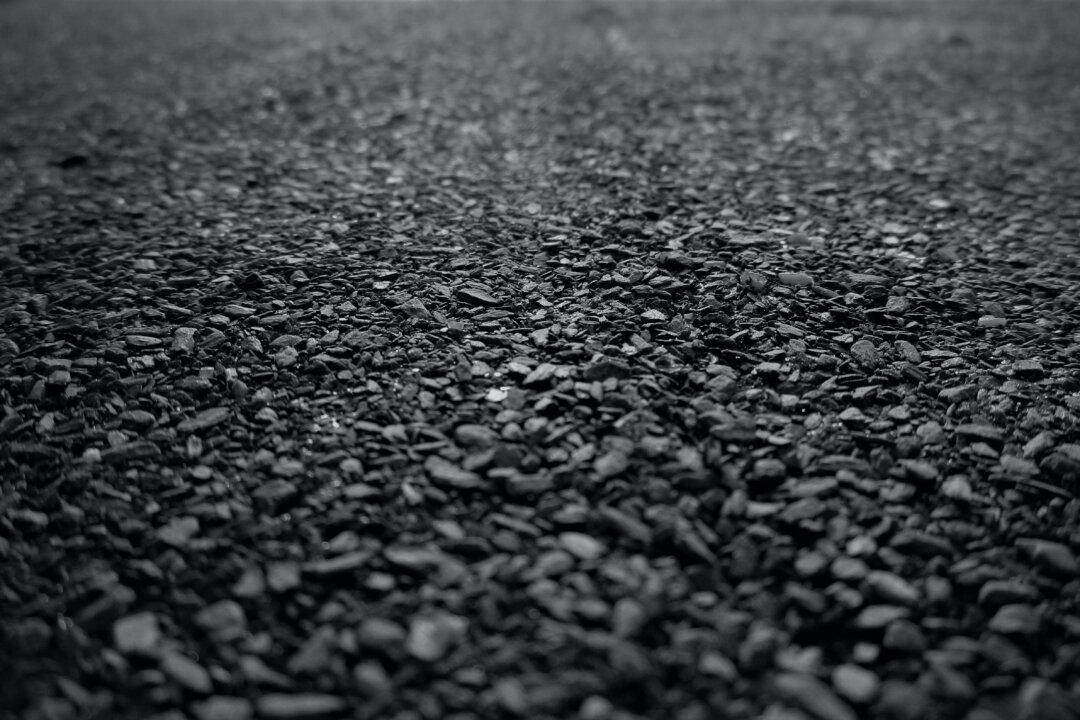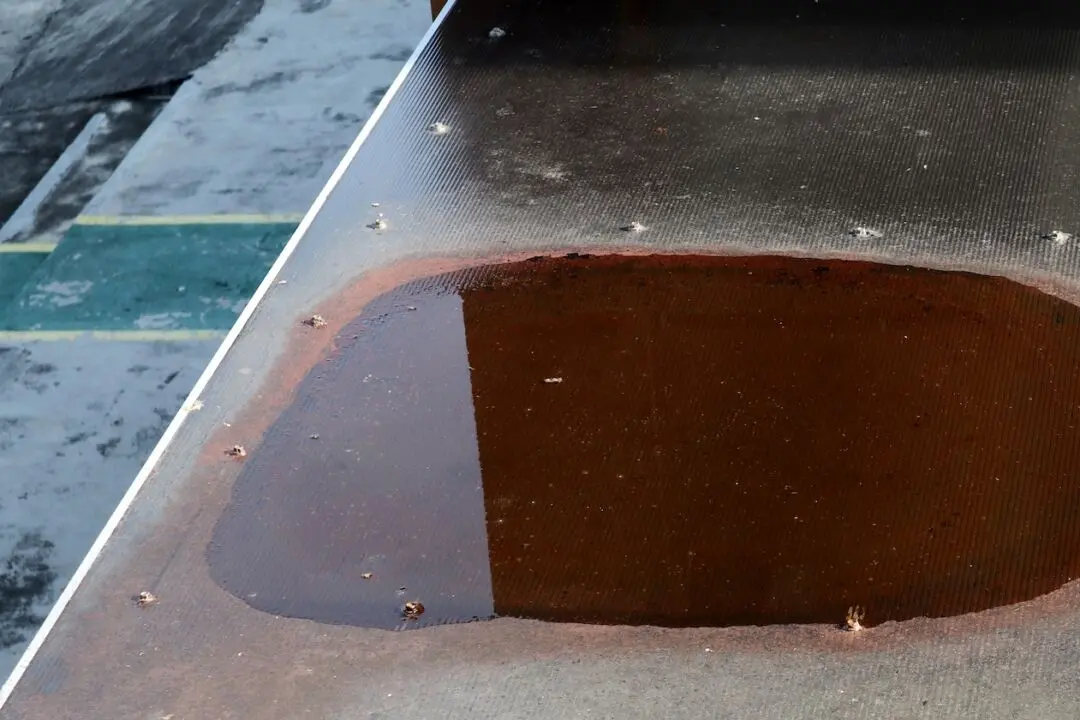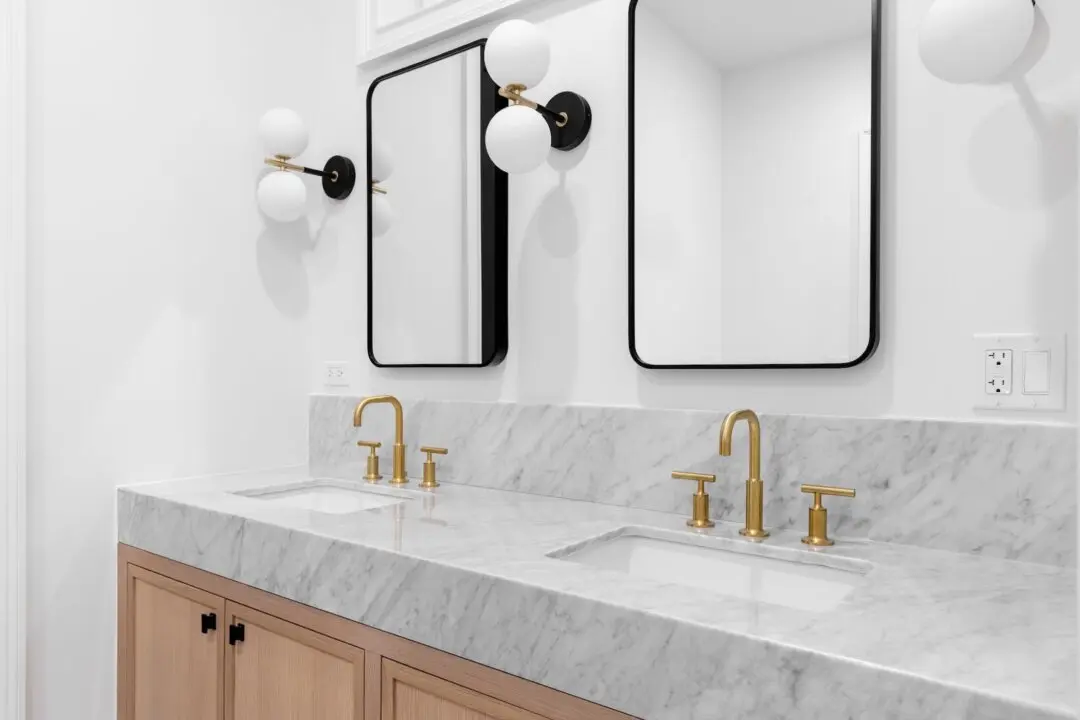Dear James: We need an inexpensive way to resurface our driveway. Asphalt and concrete cost too much. Will a tar-and-chip type of driveway be much less expensive?—Dave B.
Dear Dave: A tar-and-chip driveway is an excellent option and can cost almost 50 percent less than having it resurfaced with conventional asphalt. This type of surface is very attractive and distinct from an asphalt or poured concrete driveway.





